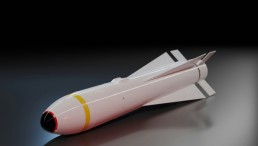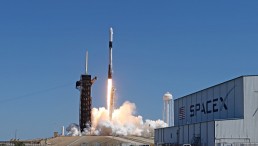astronomy
Methane Based Life Could Exist on Saturn’s Moon, Titan
Leonard Nimoy "Spock"—Best Moments And Quotes from the Legend
Should NASA and The International Space Station Be Worried About the Vapors?
As Dawn Spacecraft Approaches, A Second Bright Light Emerges from Ceres
Spending The Weekend Strolling Around Space—Spacewalking Aboard the ISS
Could Dark Matter and Black Holes Cause the Swirl In Your Galaxy?
Researchers Find How Acidified Oceans Have Become with Help of NASA and ESA Satellites
Ash, Auroras or Clouds—What Could this Strange Martian Plume Be?
VIDEO—How Antiquated Technology May Reveal the Secrets of Titan’s Seas
Valentine’s Day In Space—A Promise to Better Heart Health
ESA Mars Express Orbiter Reveals Place for Caffè on Mars’ Southern Icecap
Seeing In Shades of Red—Revealing the Rings of Saturn
Stellar Duo Fated to Meet a Supernova End—Twin Stars Discovered in Henize 2-428
Neil Armstrong's Apollo 11 Artifacts Stowed Away For More Than 40 Years
Most Popular

Worst ‘Cannibal’ Solar Storm in 165 Years Expected to Crash Into Earth’s Atmosphere Tonight Causing GPS, Power Outages

Cave of Death in Costa Rica Appears Harmless but Can Instantly Kill Anyone at the Entrance

Dangerous Sweets: Deadly Bacteria Contamination Prompts US FDA To Recall More Popular Candies

Tone Deafness Is Real: Here's Why Some People Struggle With Musical Pitches





